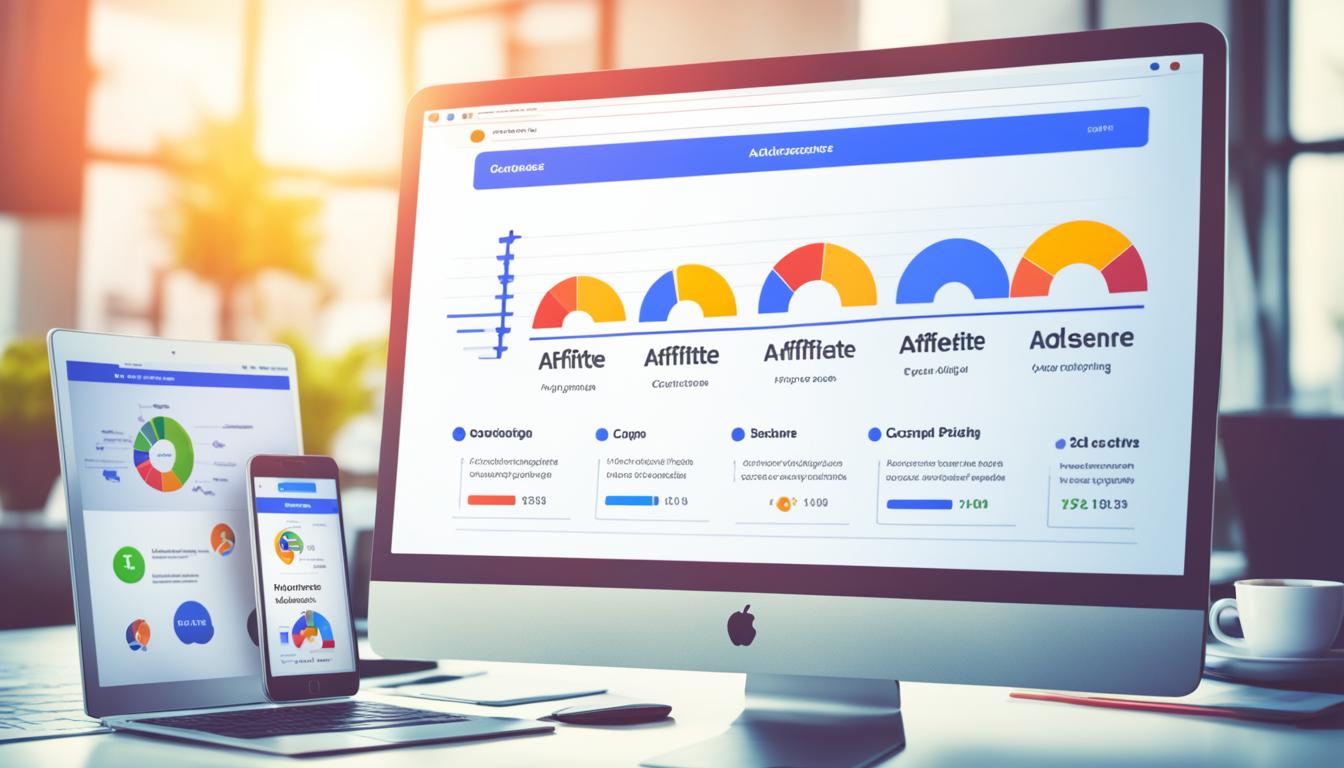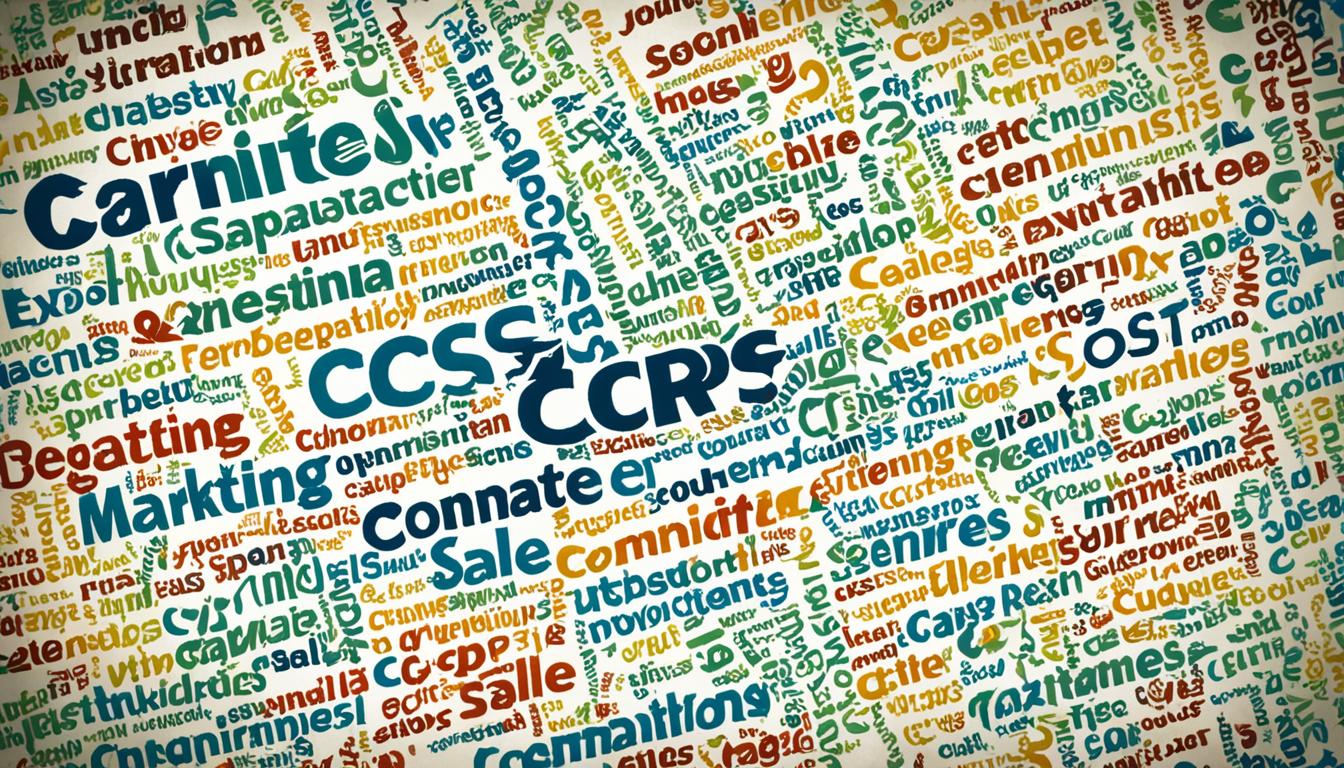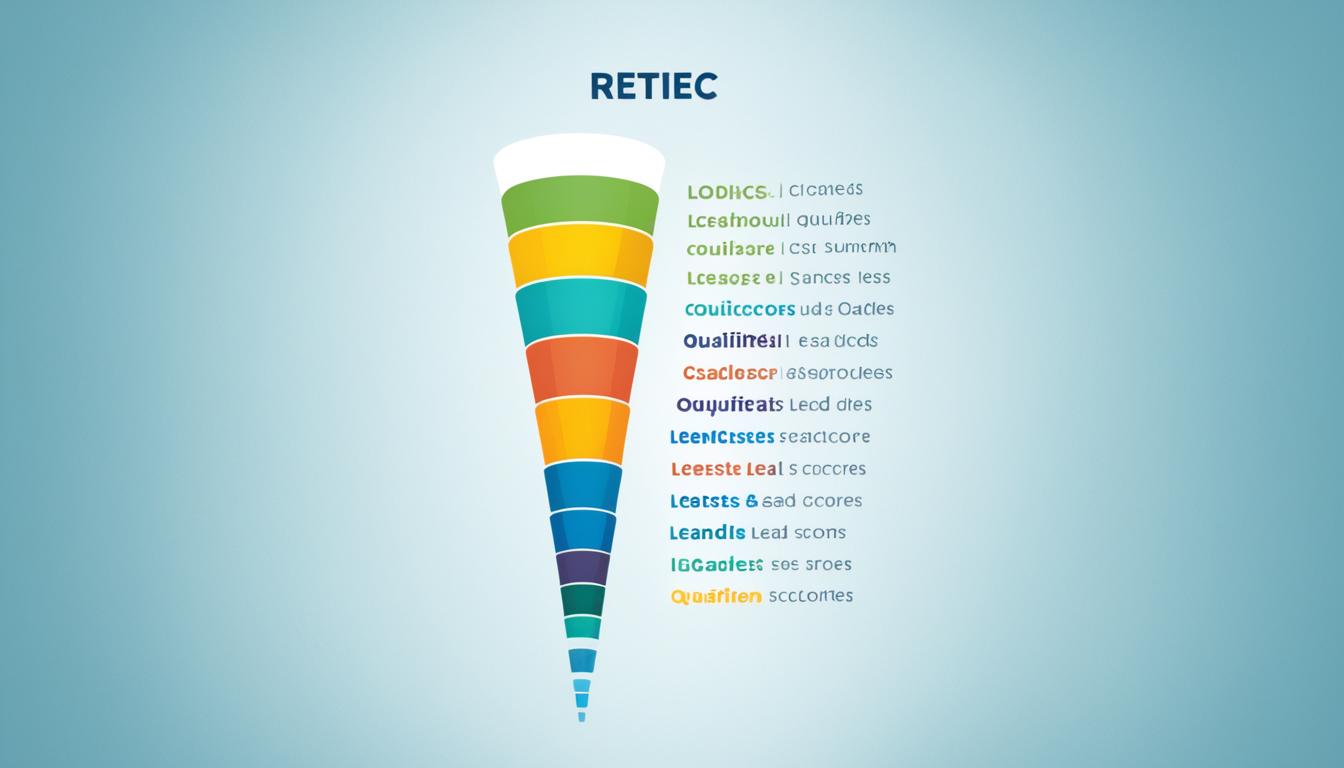Welcome to our case study on Air India’s marketing strategy in 2024. As the flag carrier airline of India and a member of the Star Alliance, Air India plays a significant role in the aviation industry. In this article, we will take a closer look at Air India’s digital marketing tactics, branding strategies, promotional initiatives, and competitive analysis. By examining their approach, we can gain valuable insights into the current trends and best practices in airline marketing.
Key Takeaways:
- Air India is the flag carrier airline of India and a member of the Star Alliance.
- The airline operates both domestic and international flights and holds the largest market share for international flights out of India.
- Air India recently underwent a rebranding initiative and announced a partnership with Bangkok Airways for interline travel.
- The buyer persona for Air India includes individuals like Michelle Dsouza, a 21-year-old student from Mumbai, who seeks affordable fares, comfortable travel experience, and special offers.
- Air India’s marketing strategy focuses on undifferentiated techniques, transactional positioning, and leveraging governmental aid.
About Air India
Air India, the flag carrier airline of India, is a government-owned enterprise and the largest international carrier out of India. It is owned by Air India Limited and operates a fleet of Airbus and Boeing aircraft, serving both domestic and international destinations.
As the flagship airline of India, Air India holds the largest market share for international flights out of India, catering to millions of passengers across the globe.
Current News about the brand
Air India recently underwent an exciting rebranding initiative, introducing a fresh new logo and vibrant color scheme. The revamped visual identity aligns with the airline’s commitment to modernization and represents its forward-thinking approach in the aviation industry.
Alongside the rebranding effort, Air India made a significant announcement regarding their latest partnership with Bangkok Airways. This strategic collaboration aims to enhance the travel experience for passengers, offering seamless interline travel options to popular destinations in Thailand, Laos, and Cambodia.
Partnering for Seamless Travel
The partnership with Bangkok Airways allows Air India passengers to conveniently connect to Bangkok Airways flights, expanding their travel opportunities across Southeast Asia. With this new venture, Air India aims to ensure smoother travel experiences for its customers, providing efficient connections and greater accessibility to a wider range of destinations in the region.
By joining forces, Air India and Bangkok Airways enhance their respective route networks and improve connectivity, catering to the growing demand for travel to Southeast Asia. This collaboration paves the way for increased tourism, business, and cultural exchanges between India and these vibrant Southeast Asian countries.
Passengers traveling with Air India can now enjoy the ease and convenience of booking interline travel with Bangkok Airways, giving them a broader selection of destinations and seamless connections through well-planned itineraries. This partnership emphasizes both airlines’ commitment to providing exceptional service and comprehensive travel solutions for their customers.
With Air India’s rebranding initiative and partnership with Bangkok Airways, the airline is taking bold steps towards innovation and customer satisfaction. These strategic moves reinforce Air India’s position as a leading airline in the industry, enhancing its appeal and competitive edge.
User persona
Understanding the buyer persona is crucial for Air India to tailor their marketing strategies effectively. One such customer persona is Michelle Dsouza, a 21-year-old student from Mumbai. Michelle is motivated by affordable fares, a comfortable travel experience, and special offers that fit her limited budget as a student.
Michelle’s interests encompass a range of activities, such as reading books, writing, staying updated with the latest trends on Twitter, and indulging in gaming during her leisure time.
Michelle Dsouza – Air India’s Ideal Customer
| Demographics | Psychographics |
|---|---|
| Age: 21 years old | Motivated by affordable fares |
| Location: Mumbai, India | Desires a comfortable travel experience |
| Occupation: Student | Seeks special offers |
| Interests: Reading, writing, surfing Twitter, gaming |
Marketing Strategy of Air India
Air India employs undifferentiated marketing techniques to establish a brand image of hospitality and rich heritage. The airline’s marketing strategy is focused on creating a strong brand image that resonates with its target audience. By using undifferentiated techniques, Air India aims to appeal to a wide range of customers, positioning itself as a reliable and reputable airline.
One of the key elements of Air India’s marketing strategy is its emphasis on brand image. The airline showcases its rich heritage and commitment to providing excellent service to passengers. By highlighting its traditional values and warm hospitality, Air India aims to differentiate itself from competitors and create a unique brand identity.
Air India also utilizes transactional positioning strategies to cater to different customer segments. The airline offers a variety of services and products tailored to meet the diverse needs of its customers. From budget-friendly fares to premium services, Air India aims to attract a wide range of customers with varying travel preferences.
In addition to its marketing techniques, Air India has benefited from governmental aid, allowing the airline to implement strategic initiatives and improve its overall performance. The support from the government ensures stability and enables the airline to invest in areas such as fleet expansion, service enhancements, and marketing campaigns.
Air India’s Marketing Strategy
| Marketing Techniques | Description |
|---|---|
| Undifferentiated Techniques | Appealing to a broad target audience by focusing on brand image and heritage |
| Transactional Positioning | Offering a range of services to cater to different customer segments |
| Governmental Aid | Benefiting from government support to implement strategic initiatives |
The marketing strategy of Air India combines undifferentiated techniques, transactional positioning, and governmental aid to effectively position the airline in the highly competitive aviation industry. By focusing on brand image and customer satisfaction, Air India aims to maintain its position as a leading airline in the Indian market.
Air India’s Digital Presence
Air India recognizes the power of digital platforms in today’s interconnected world. With a strong focus on engaging with customers and creating meaningful connections, the airline has established a robust digital presence across various social media platforms.
Air India actively leverages popular platforms such as Instagram, Facebook, Twitter, and LinkedIn to connect with travelers worldwide. These platforms enable the airline to engage with its audience, promote new operations, and provide updates on essential travel information, including Covid protocols.
Air India’s Instagram page, for example, showcases stunning visuals of its aircraft, captivating destinations, and the warm hospitality the airline is known for. On Facebook, the airline engages with its community by sharing contest results, encouraging user-generated content, and highlighting the in-flight experience.
On Twitter, Air India actively responds to customer queries, updates flight statuses, and shares news related to the aviation industry. The airline also utilizes LinkedIn as a professional platform to connect with corporates, share industry insights, and strengthen partnerships.
Through its digital presence, Air India aims to build strong relationships with its audience, enhance brand awareness, and provide travelers with valuable information and experiences. By actively engaging on social media platforms, Air India demonstrates its commitment to customer satisfaction and staying connected in today’s digital age.
| Social Media Platform | Usage |
|---|---|
| Sharing stunning visuals of aircraft and destinations, showcasing the in-flight experience | |
| Engaging with the community, sharing contest results, highlighting offers and promotions | |
| Responding to customer queries, updating flight statuses, sharing industry news | |
| Connecting with corporates, sharing industry insights, strengthening partnerships |
Air India Marketing Campaigns
Air India has been at the forefront of innovative marketing campaigns to enhance its brand visibility and engage with its target audience. These campaigns leverage the airline’s iconic mascot, the Air India Maharaja, to create memorable and impactful advertisements.
The Air India Maharaja: A Captivating Mascot
The Air India Maharaja, with his distinctive turban and regal attire, has become synonymous with the airline’s identity. This beloved mascot embodies the essence of Indian hospitality and adds a touch of whimsy to Air India’s marketing campaigns. Whether it’s appearing in print advertisements or starring in captivating television commercials, the Air India Maharaja leaves a lasting impression on viewers.
One of Air India’s most memorable marketing campaigns featuring the Maharaja was the “Maharaja Direct” series. These humorous ads showcased the Maharaja’s mischievous antics and highlighted the airline’s direct flight routes. This creative approach not only entertained viewers but also effectively communicated Air India’s extensive network of destinations.
Taking Digs at Competitors: Indigo and Marketing Warfare
Air India has also employed strategic advertising to take playful digs at competitors, most notably Indigo, a prominent low-cost carrier in India. In a bid to differentiate itself from the competition, Air India has released advertisements that emphasize its superior service, wider legroom, and inclusive offerings.
Additionally, Air India has engaged in marketing warfare by launching advertisements that highlight the airline’s longstanding legacy and commitment to customer satisfaction. These ads subtly position Air India as the preferred choice for discerning travelers, contrasting it with the perceived shortcomings of its rivals. By leveraging its unique selling points, Air India effectively communicates its value proposition to potential customers.
War Ads: Making a Statement
One of Air India’s noteworthy marketing campaigns involved the use of “war ads” to challenge its competitors head-on. These advertisements boldly conveyed Air India’s commitment to delivering exceptional service and emphasized its unwavering dedication to customer satisfaction. By adopting this confrontational approach, Air India aimed to position itself as a formidable player in the industry, ready to go to battle to meet and exceed the expectations of its customers.
| Marketing Campaign | Description |
|---|---|
| Maharaja Direct | Air India’s humorous ads featuring the mischievous Maharaja, highlighting the airline’s direct flight routes and extensive network of destinations. |
| Taking Digs at Indigo | Playful advertisements that emphasize Air India’s superior service, wider legroom, and inclusive offerings compared to its competitor, Indigo. |
| Marketing Warfare | Advertisements that position Air India as a preferred choice, showcasing its longstanding legacy and commitment to customer satisfaction against rivals. |
| War Ads | Confrontational ads that assert Air India’s dedication to exceptional service and its readiness to meet and exceed customer expectations. |
Top 5 Competitors of Air India
Air India faces tough competition from some of the major players in the airline industry. Let’s take a closer look at the top five competitors challenging Air India’s position:
1. IndiGo
IndiGo is a prominent low-cost airline based in India and known for its extensive domestic network. With a focus on affordability and efficiency, IndiGo has emerged as a formidable competitor for Air India.
2. SpiceJet
SpiceJet, another budget-friendly airline in India, offers competitive fares and a wide range of domestic and international destinations. It has gained popularity among travelers seeking affordable options.
3. Emirates
Emirates, a leading international airline based in Dubai, poses strong competition to Air India on international routes. Known for its world-class service and luxurious amenities, Emirates attracts a significant share of the premium travel segment.
4. Jet Airways
Jet Airways, though temporarily suspended, is a well-established Indian airline that has competed strongly with Air India for many years. With its wide network and premium services, Jet Airways had been a preferred choice for both domestic and international travelers.
5. Air Asia
Air Asia, a popular low-cost carrier operating in multiple countries, also competes with Air India. Known for its aggressive pricing strategies and efficient operations, Air Asia appeals to budget-conscious travelers.
| Airline | Key Features |
|---|---|
| IndiGo | Extensive domestic network, affordable fares |
| SpiceJet | Competitive pricing, domestic and international destinations |
| Emirates | Luxurious amenities, premium international service |
| Jet Airways | Wide network, premium services (Currently suspended) |
| Air Asia | Aggressive pricing strategies, budget-friendly options |
These competitors, operating in both domestic and international markets, continuously strive to differentiate their offerings and capture a larger share of the airline industry. While Air India faces intense competition, it continues to focus on delivering excellent service and distinctive experiences to maintain its position in the market.
Example of a Failed Campaign or Backlash from Viewers
Air India faced significant brand backlash and widespread criticism following a failed marketing campaign that involved a highly controversial passenger incident. The incident occurred when a visibly intoxicated passenger urinated on another passenger during a flight. The brand’s handling of the situation was heavily criticized, leading to negative media coverage and public embarrassment.
The incident sparked outrage among viewers who condemned Air India’s lack of appropriate intervention and inadequate response to the incident. The passenger incident not only violated basic passenger rights and safety but also reflected poorly on the airline’s ability to ensure a secure and comfortable travel experience for its customers.
This incident had severe consequences for Air India’s brand reputation. The airline faced a significant backlash on social media platforms and other online forums. The public outcry and negative sentiment resulted in a loss of trust and credibility in the eyes of the consumers.
Brand backlash can have long-term implications on an airline’s success and profitability. Negative publicity can lead to decreased customer loyalty, reduced bookings, and potential financial losses. Air India experienced a decline in customer loyalty, with some passengers choosing to switch to competitor airlines that prioritized passenger safety and implemented more effective crisis management strategies.
The Air India failed campaign and resulting brand backlash serve as a valuable lesson for airlines about the importance of crisis management, customer safety, and timely response to public incidents. The incident highlights the need for airlines to develop robust protocols and guidelines to handle such situations promptly and effectively, thereby safeguarding their brand reputation and ensuring customer satisfaction and loyalty.
Conclusion
After analyzing Air India’s marketing strategy, it is evident that the airline utilizes a comprehensive approach to reach its target audience. Through carefully crafted branding strategies, Air India has established a strong brand image that emphasizes hospitality and deep-rooted heritage. The airline’s digital presence on platforms such as Instagram, Facebook, Twitter, and LinkedIn allows for direct engagement with customers and effective promotion of new operations and services.
Air India’s marketing campaigns, including the use of their beloved mascot, the Air India Maharaja, have helped differentiate the brand in a competitive market. However, the airline has also faced challenges, such as the backlash from a failed campaign, reminding us of the need for continuous adaptation and improvement. Nonetheless, Air India’s marketing tactics have proven successful in attracting and retaining customers, resulting in a sizable market share both domestically and internationally.
In conclusion, Air India’s marketing strategy encompasses a range of tactics, including branding strategies, digital presence, marketing campaigns, and competitive analysis. By leveraging these tactics, Air India has established itself as a prominent player in the aviation industry. The airline’s ability to adapt to new trends and continuously improve its marketing efforts will be key to its continued success.








